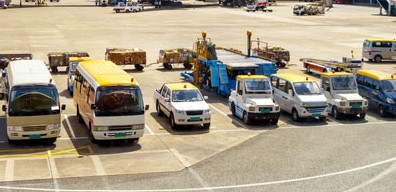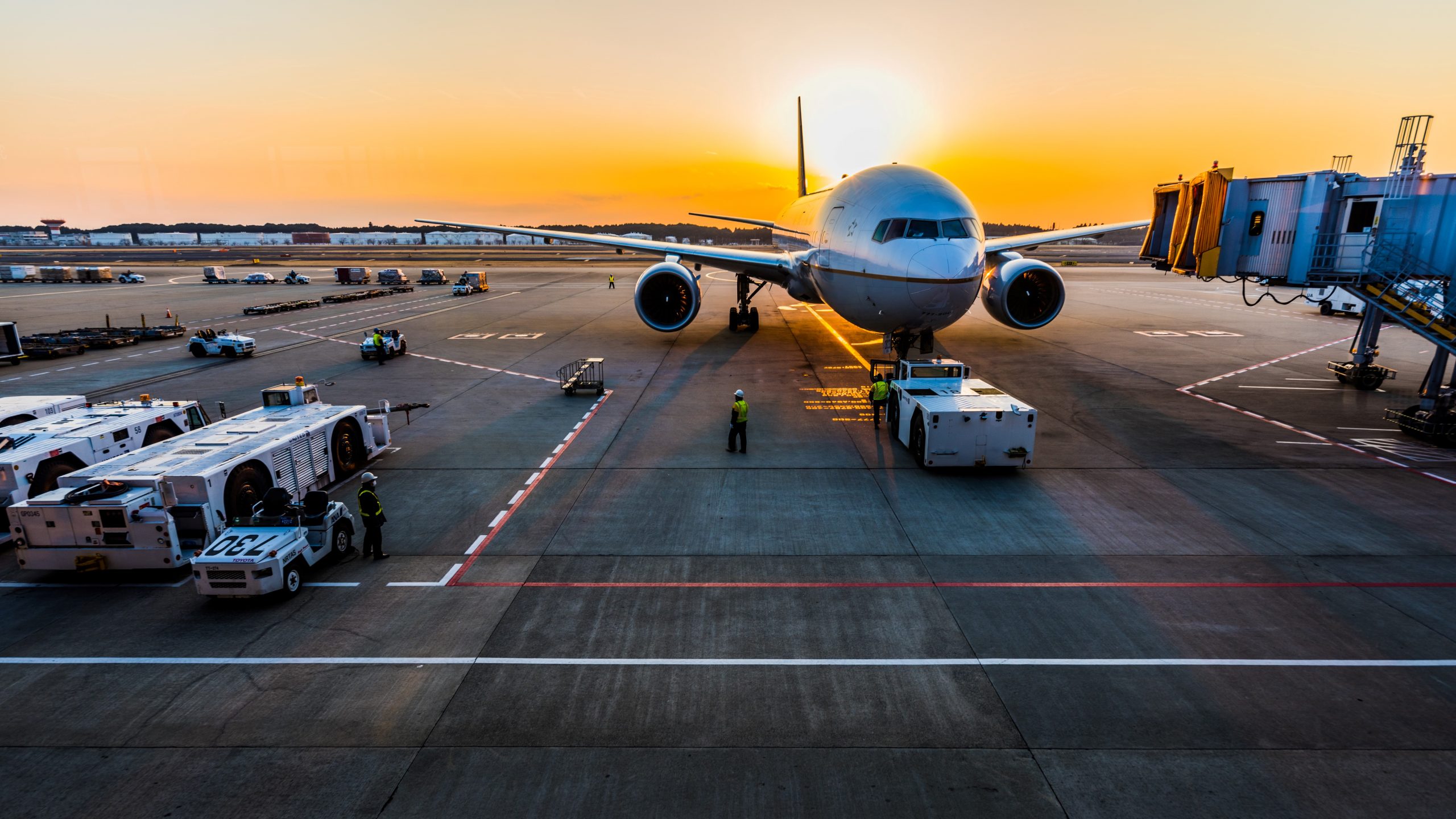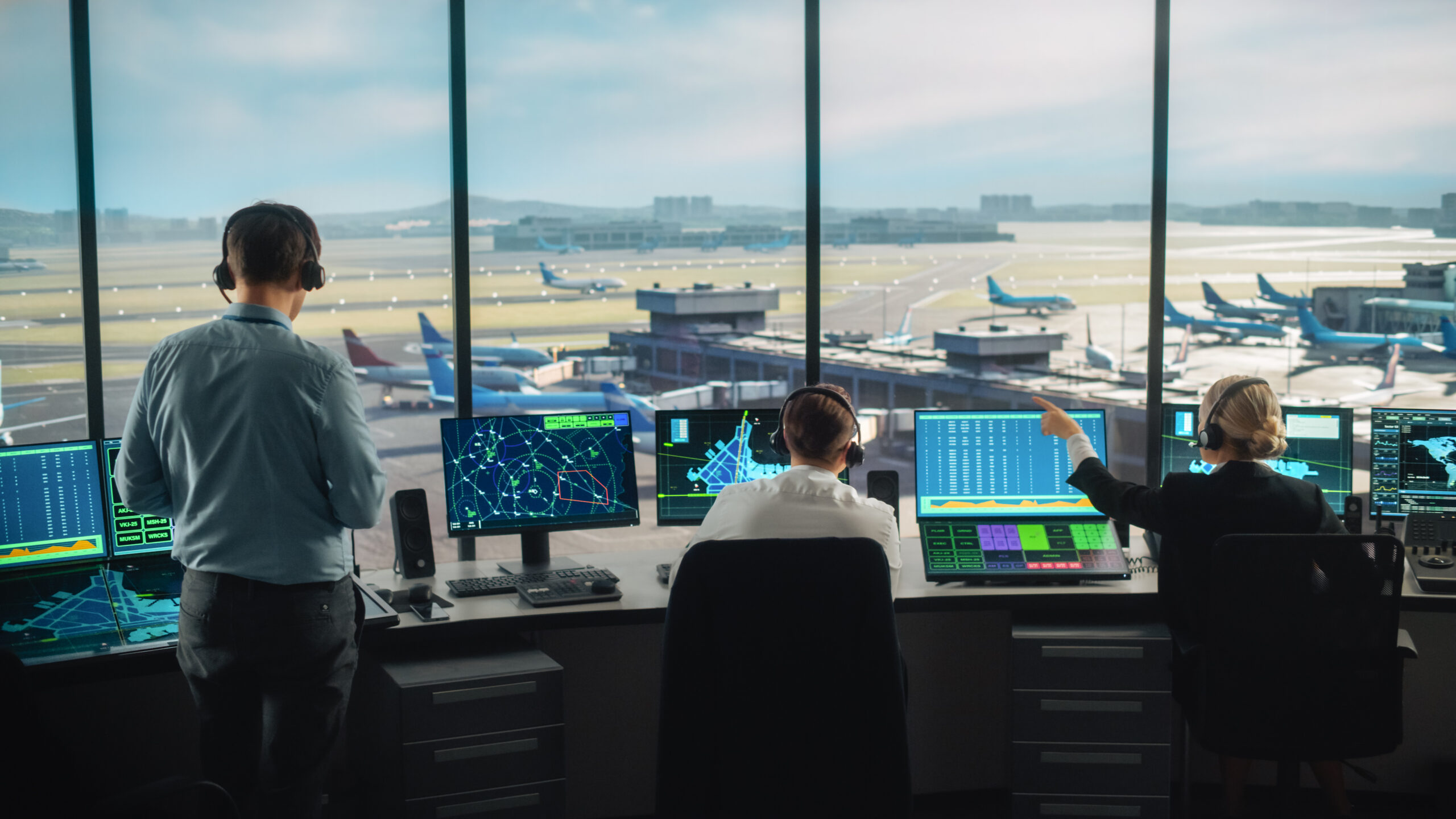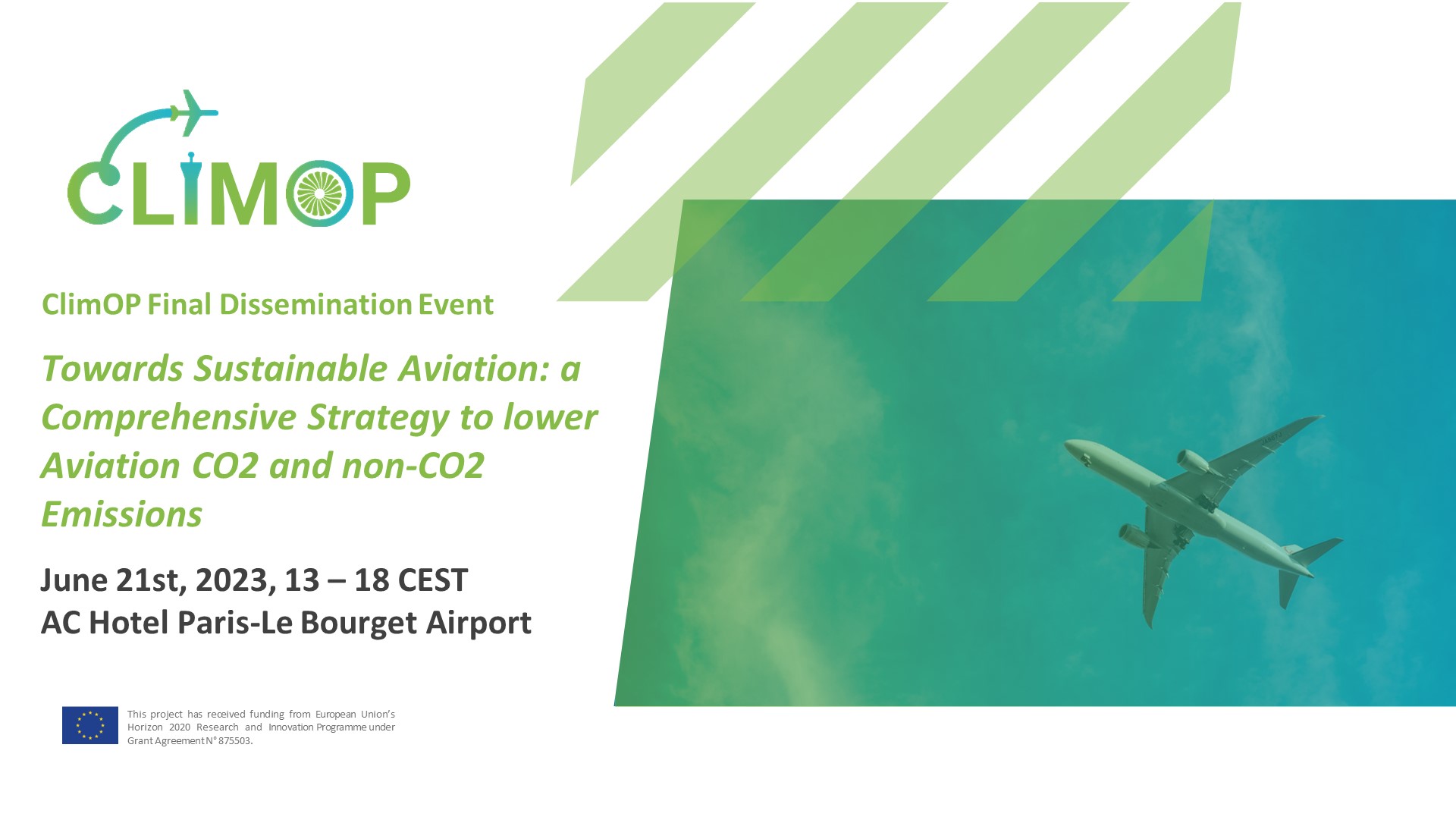The aviation sector is often seen as a major source of environmental issues such as air pollution, noise pollution, and climate change. In 2005 the share of aviation-related climate change including non-CO2 emission was estimated at 5% of the total impact on greenhouse gases. Since that, the aviation sector continued to grow at a rapid pace. And yet, even in the upcoming years, the sector is expected to grow significantly after the Covid crisis.
Aware of its climate impact, the aviation stakeholders have committed to reducing its CO2 and non-CO2 emissions with a variety of new technologies. These initiatives often require a significant amount of time and investment for development and implementation. To slow down the effects of global warming and climate change, the H2020 funded ClimOP project is designing an innovative mitigation strategy with the twofold purpose of reducing the climate impact of aviation both in terms of CO2 and non-CO2 emissions.
The mitigation strategy will incorporate a set of promising operational improvements (OIs) to reduce aviation emissions in a cost-effective way. The consortium is reevaluating the operational procedures in aviation by investigating better sustainable solutions without the introduction of newer technologies. The mitigation strategy under development aims to tackle climate change with lower expenditure in terms of time and money than the ones achievable with technological innovations.
Leading the transport sector towards a sustainable development
 In this framework, Deep Blue, an Italian SME heading EU transportation research projects toward innovation and project coordinator of ClimOP is evaluating the OIs that can assist with the mitigation strategy of the project on the ground level. These OIs have been selected with studies done in the early stage of the project activity and now the Consortium is working to link them together into a common air traffic scenario. To do this, the ClimOP partners are developing models to assess the impact these OIs have on climate and the stakeholders in the aviation sector.
In this framework, Deep Blue, an Italian SME heading EU transportation research projects toward innovation and project coordinator of ClimOP is evaluating the OIs that can assist with the mitigation strategy of the project on the ground level. These OIs have been selected with studies done in the early stage of the project activity and now the Consortium is working to link them together into a common air traffic scenario. To do this, the ClimOP partners are developing models to assess the impact these OIs have on climate and the stakeholders in the aviation sector.
During the last few months, Deep Blue analyzed the Green House Gas emissions of the ground operations (GO) fleet at Milano Malpensa and Linate, two airports handled by the SEA Group, which is also a partner of the ClimOP project. The analysis looked at the costs and benefits of upgrading the entire GO fleet to an electric one. The first step involved in the costs and benefits analysis was the calculation of approximate values for the current utilization, fuel consumption, and GHG emissions for the fleet using the data provided by SEA.
In order to simplify the study and enable future scalability, the GO fleet was divided into 3 categories of vehicles: small cars, large cars or vans, and trucks. The consumption of each category was calculated by approximating the energy intake in each category. Then additional considerations were made for the type of fuel used (petrol, diesel, or already electric). From this consumption, emissions were deduced. (the United States Environmental Protection Agency, 2008).
The results
The totals show that yearly GHG emissions for the current GO fleet at SEA Malpensa and Linate approximate 3337 tons and 1186 tons respectively, for a total of 4523 tons. To compare this value to the GHG emissions of generating enough electricity for powering the electric equivalent fleet, a synthetic electric fleet (SEF) was created using electric equivalents whenever possible and similar ones when a vehicle was not matched by a direct electric equivalent (Peugeot, FIAT, Brian A. Davis, 2013). That was the case for trucks.
As a result, running the SEF in both SEA airports would require a yearly total of approximately 2.7 million kWh spread proportionally across the two. However, the climate impact of generating this energy also depended on the source used (Table 1).

Table 1. Calculation of GHG emissions depending on the source of energy employed. Data from Mahlia, T. 2002.
If we compare the values, we can see that in the worst-case scenario where energy is generated completely from a coal source, a total of 1250 tons of GHG could be reduced annually. Deep Blue is currently assessing the financial and environmental costs of production for this new fleet as well as the true impact on climate that the change could bring.
The results from the study carried out by Deep Blue show significant reduction in GHG emissions is possible simply by revaluating OIs on the ground level. The aviation sector is moving at a brisk pace towards the reduction of its emissions. The airports should start considering these findings to keep up with the pace of the change towards a greener and more efficient aviation sector.
Find more about Deep Blue at www.dblue.it or visiting their social media profiles, Twitter and LinkedIn!




